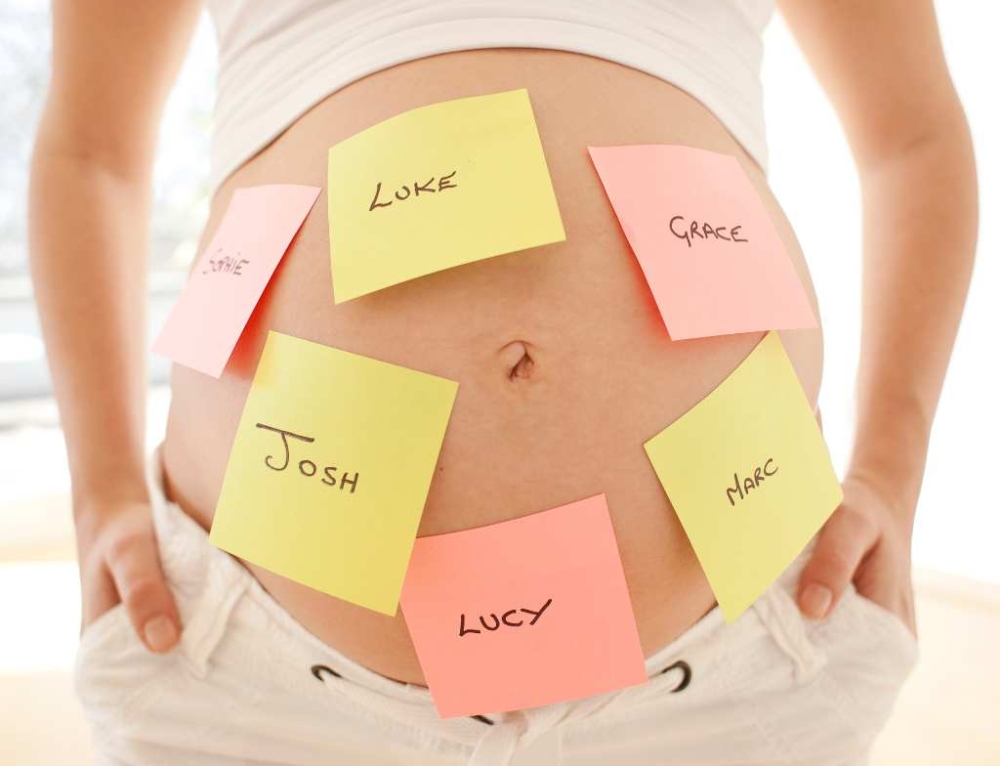The fertile phase of the menstrual cycle is the time you can conceive or become pregnant.
As one dominant egg matures in an ovary, it releases the hormone oestrogen, with levels starting to rise in the woman’s body during the days leading up to ovulation (releasing the egg).
Estrogen peaks to its highest level just before the egg is released but the hormone progesterone remains low at this time. As oestrogen levels increase, the woman’s uterus and cervix start to produce a special fertile mucus which is capable of protecting the man’s sperm and helping them survive for up to 3 to 5 days in the woman’s body. The fertile mucus sits in the opening of the woman’s cervix and lines her uterus and fallopian tubes.
The mucus acts as a continuous stream to transport sperm up into a woman’s fallopian tubes, in readiness for when an egg is released. Once the woman releases an egg (or ovulates) it only survives for around 12 to 24 hours. Timing sexual intercourse to coincide with the exact time of ovulation is very difficult. However, studies of human fertility have shown that conception is more likely to occur if the couple has sex 1 to 3 days prior to ovulation, which means the sperm are already present in the woman’s fallopian tubes at ovulation (where fertilisation takes place).
Therefore a woman’s most fertile time each month is thought to be about 1 to 3 days (but up to 5 days) before she is expected to ovulate. The fertile phase is still called the follicular or proliferative stages as the egg is still maturing and the lining of the uterus continues to thicken. A woman’s fertile phase usually starts about 3 to 5 days before ovulation, until the egg is released.
Temperature
During the fertile phase before ovulation, your temperature should still be fairly stable, somewhere around 36.5 to 36.7o Celsius(or 98 to 98.4o Fahrenheit). Some women notice a small drop in their temperature of about 0.2 to 0.3o Celsius (or 0.4 to 0.6o Fahrenheit) about 12 to 24 hours before they ovulate. If you notice this, then your egg will probably be released during that day or night (or the following day). However, not every woman notices a drop in temperature before she ovulates.
Vaginal mucus
Most women notice their vaginal mucus increasing and changing to feel damper or wetter rather than pasty or crumbly. The mucus may look cloudy or possibly clear or colourless. It may be thinner and more runny in consistency and perhaps more of it when compared to the previous days.
NOTE: Be aware that not all women produce large amounts of mucus like this. Some women need to feel their cervix to detect this mucus, while others go more on their temperature readings and changes in how their cervix feels because their mucous changes are not obvious. If you do not notice fertile mucus, this does not mean you are less fertile or unable to conceive, it is just that your mucus stays well contained within your cervix and uterus to transport the man’s sperm to your egg.
Cervix
If you feel your cervix it should be higher, softer, wetter and slightly more open when compared to the previous days.
Sensations and emotions
Many women notice an increase in their libido (sexual desire) at this time. Women naturally feel more like having sex when they are fertile. This is nature’s way of encouraging humans to reproduce and have babies. Some women experience a pain on one side of their lower abdomen or back, called Mittelschmerz meaning middle pain usually about 24 to 48 hours before ovulation, as the egg prepares to be released from the ovary.
Read more:
Read about the five phases in a normal menstrual cycle:







Leave A Comment
You must be logged in to post a comment.